ART CITIES: Paris-Shim Moon Seup
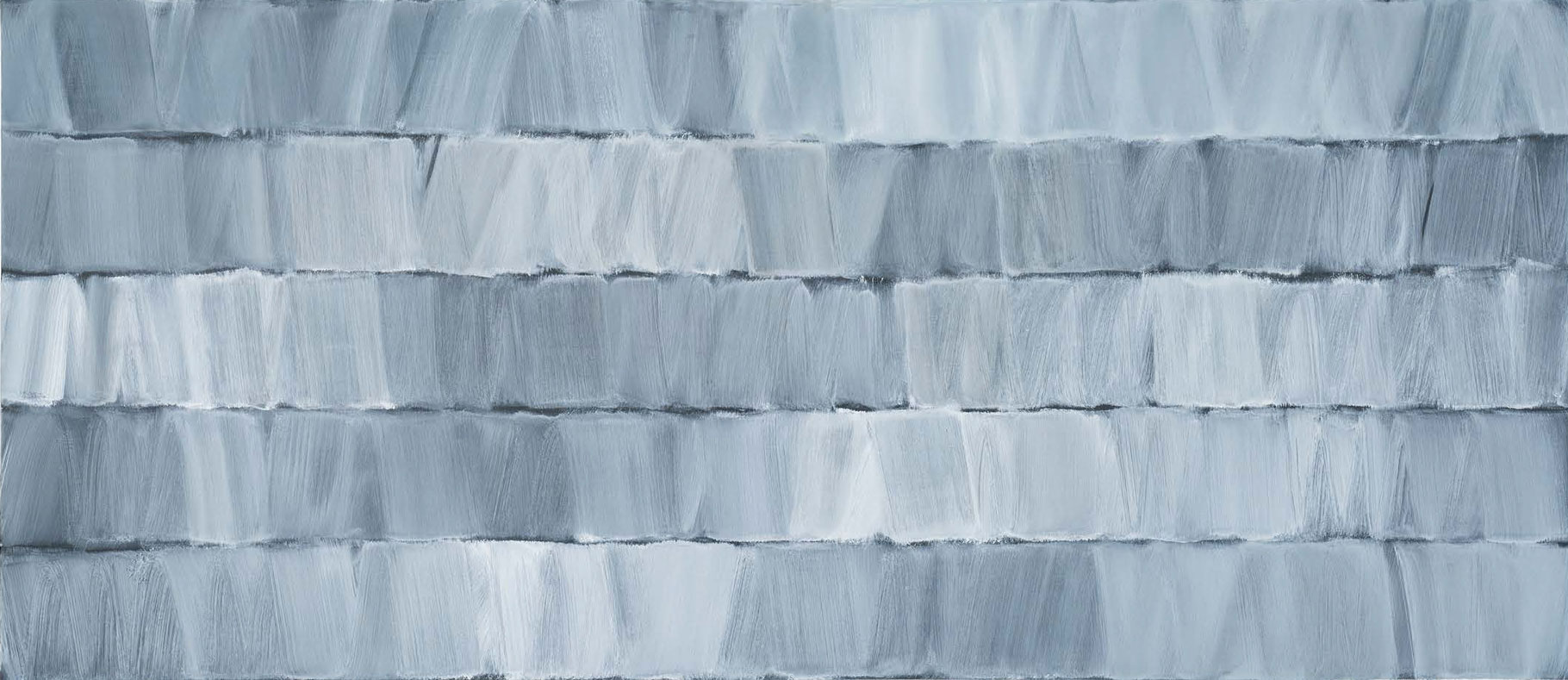 In the late 1960s in Korea when the limited knowledge of arts overseas was available, Shim Moon-Seup , with an urge to the new art, founded the Third Formative Association with his colleagues and participated in the AG (Avant-Garde) movement in the 70s. Shim constantly revolted against the stereotype of sculpture to create and present a fixed subject on a pedestal, and carried out unconventional experiments by using iron, acrylic, cement, and soil which were not used often as traditional art materials at the time.
In the late 1960s in Korea when the limited knowledge of arts overseas was available, Shim Moon-Seup , with an urge to the new art, founded the Third Formative Association with his colleagues and participated in the AG (Avant-Garde) movement in the 70s. Shim constantly revolted against the stereotype of sculpture to create and present a fixed subject on a pedestal, and carried out unconventional experiments by using iron, acrylic, cement, and soil which were not used often as traditional art materials at the time.
By Dimitris Lempesis
Photo: Perrotin Gallery Archive
Shim Moon-Seup’s work remained close to its source in nature and revealed the phenomena of nature left ‘intact’ laying on the floor or leaning against a wall instead of being put on a pedestal. It was the artist’s main formative language which was named as ‘anti-sculpture’. Shim Moon-Seup in his first solo exhibition in Paris presents thirteen paintings, a selection of drawings and two sculptures. Shim Moon-Seup was born in 1943 in Tongyeong, a peninsula surrounded by islands on Korea’s south coast. Although he graduated from Seoul National University in 1965, participated in numerous international exhibitions, and, since 1992, has divided his time between Paris and his hometown, this pioneer of contemporary Korean sculpture remains deeply influenced by the maritime environment where his artistic vocation first emerged. The formative proximity to nature and the cyclical movement of the tides continue to inspire his sculptures, installations, and paintings to this day. He experienced his first success at the 1969 National Art Exhibition of Korea, a highly influential event in South Korea. Shim Moon-Seup used stainless steel and acrylic for his explicitly anti-academic works, breaking with prevalent sculptural norms. His gukjeon awards, as well as his participation in collectives such as the Third Formative Association which he co-founded in 1969, and the influential Korean Avant-Garde Association, which he joined in 1970, quickly cemented his status as a major figure in the Korean art world. Shim Moon-Seup was strongly influenced by Lee Ufan, whom he credited with bringing structure and method to a scattered Korean art world that was little inclined to theoretical reflection. In the early 1970s, he developed a practice close to Mono-ha, the Japanese avant-garde movement of which Lee Ufan was one of the leading theorists. This new type of work helped Shim Moon-Seup launch a brilliant international career. He exhibited in Japan and participated in the Paris Biennale of 1971, 1973, and 1975. His “Relation” works were created using simple materials such as paper, stone, metal tubes, wire, steel, cement, and tree trunks. The arrangement of several elements in relation to each other produced a new perception of space, establishing a dialogue between the materials in their raw and modified states. Shim Moon-Seup altered pre-existing objects, leaving his mark by tearing paper or working minimalistically with wood, often using simple beams. He thus established some of the principles, derived in part from Taoism and Zen Buddhism, that govern his work to this day: the search for balance between different elements, the rejection of sculpture understood primarily as plastic research, and the desire to allow each material to express itself. He later expanded his vocabulary while staying true to these foundations. Since the 1980s, he regularly employs clay to produce basic geometric forms, mainly cubes and slabs. He experiments with the material’s elasticity by bending and folding it, sometimes pushing it to its limits, emphasizing its properties while minimizing the artist’s involvement. The shapes of some clay works are strongly reminiscent of those in the “Wood Deity” series, which serves as a counterpart to “Thoughts on Clay”. Here, Shim Moon-Seup explores the expressive nature of clay, which seemingly leaves little room for the sculptor. With wood, by contrast, the artist can allow the material to freely express itself while leaving a visible mark. This involves a patient treatment of the surfaces, usually slightly uneven, and the assembly of various heterogeneous shapes. In addition to using a variety of materials, Shim Moon-Seup has also produced numerous two-dimensional works. His first major achievement in this field was the “Opening Up” series, exhibited at the 1975 Paris Biennale. Here, he introduced the concept of time by materializing traces of wear and tear on stretcher-mounted canvases, which he then sandpapered. He further expanded his artistic repertoire by producing sketches and photographs, sometimes finishing with ink. His main contribution to the field of graphic arts, however, is a prolific series of canvas paintings, which he began in 2002; his French studio was simply too small to devote himself solely to sculpture and installations. For Shim Moon-Seup, these works are not fundamentally different from his sculptures. The combination of large-format works, in which viewers can immerse themselves, and simple compositions based on identical, repeated gestures suggests the existence of a space beyond the canvas.
Photo: Shim Moon-Seup, The Presentation, 2013. Acrylic on canvas. 160 × 360 cm. Courtesy of the artist and Perrotin
Info: Perrotin Gallery, 76 rue de Turenne, Paris France, Duration: 25/11/2023-13/1/2024, Days & Hours: Tue-Sat 10:00-18:00, www.perrotin.com/
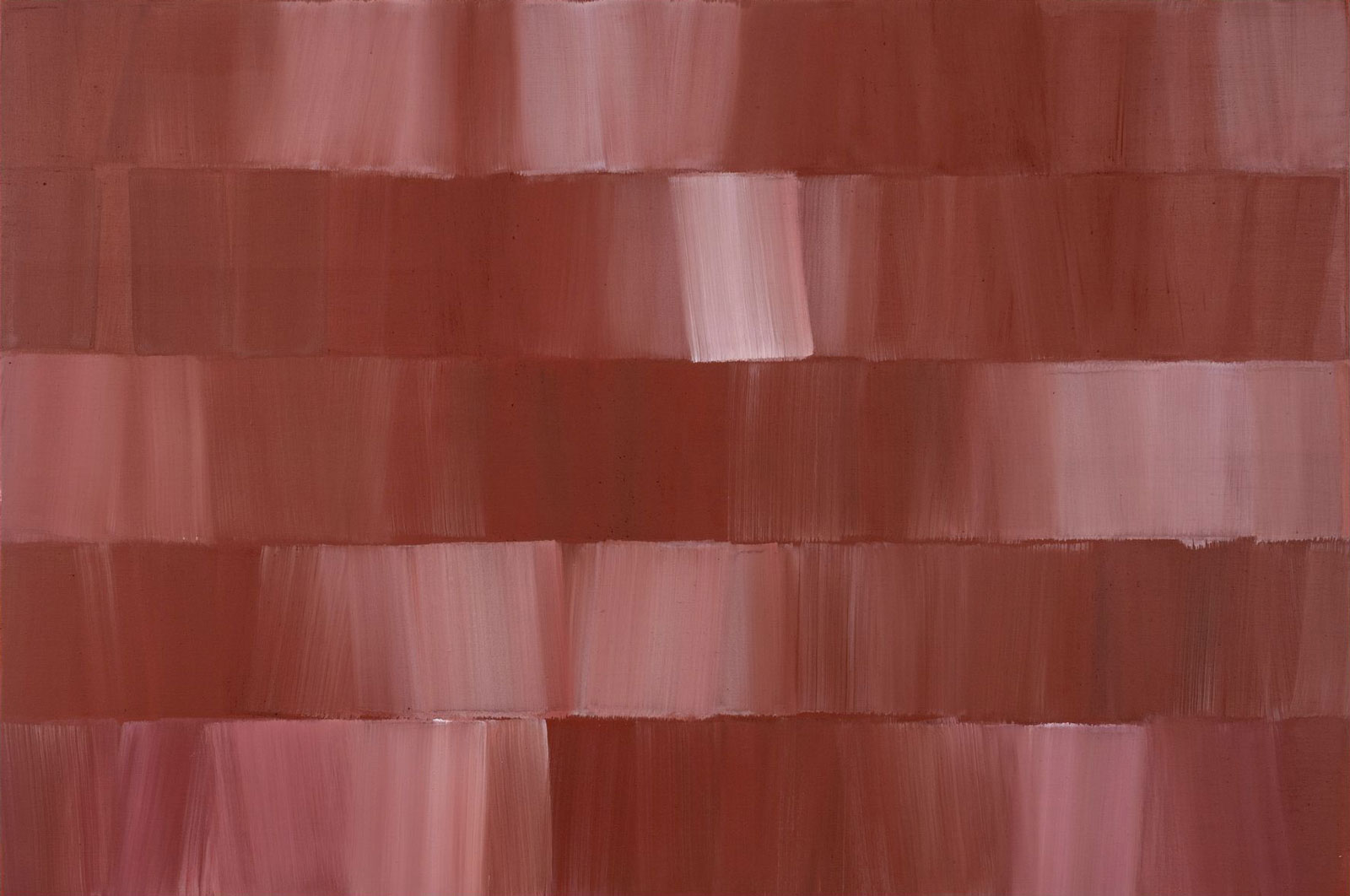
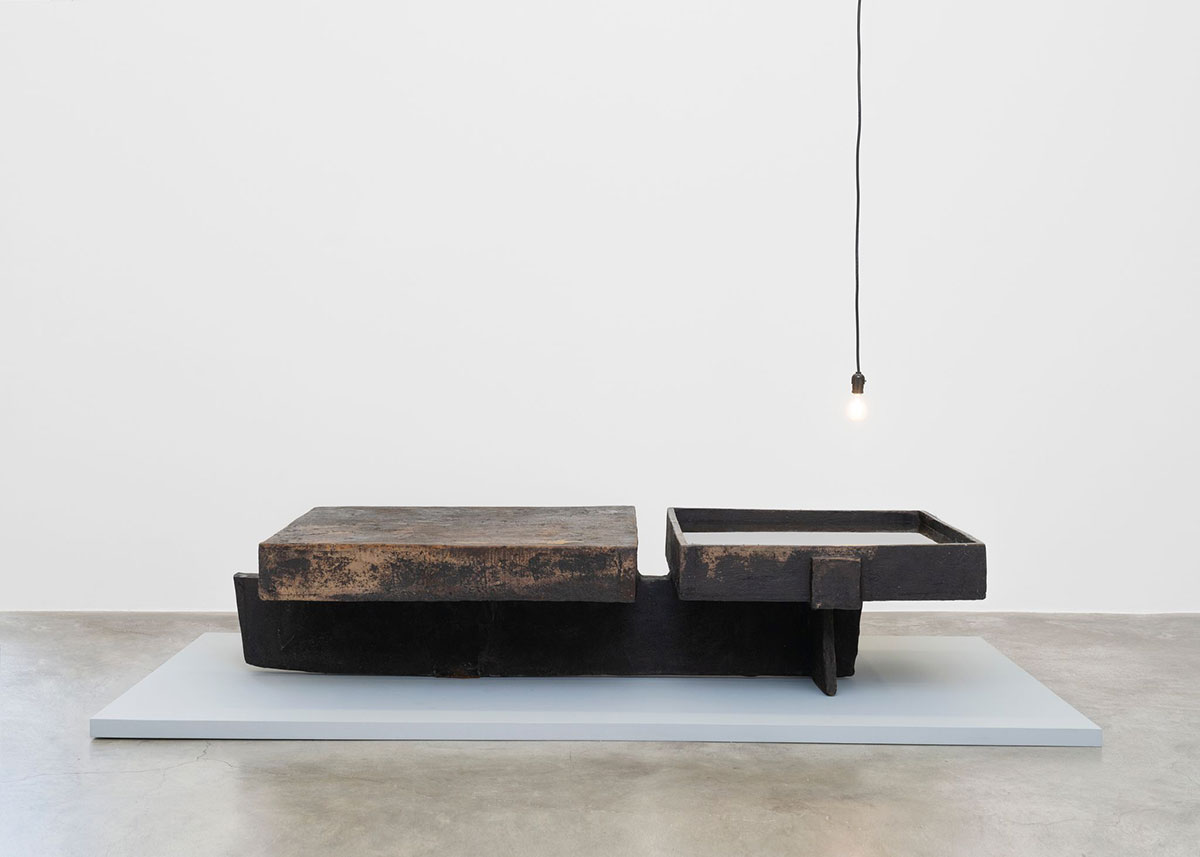
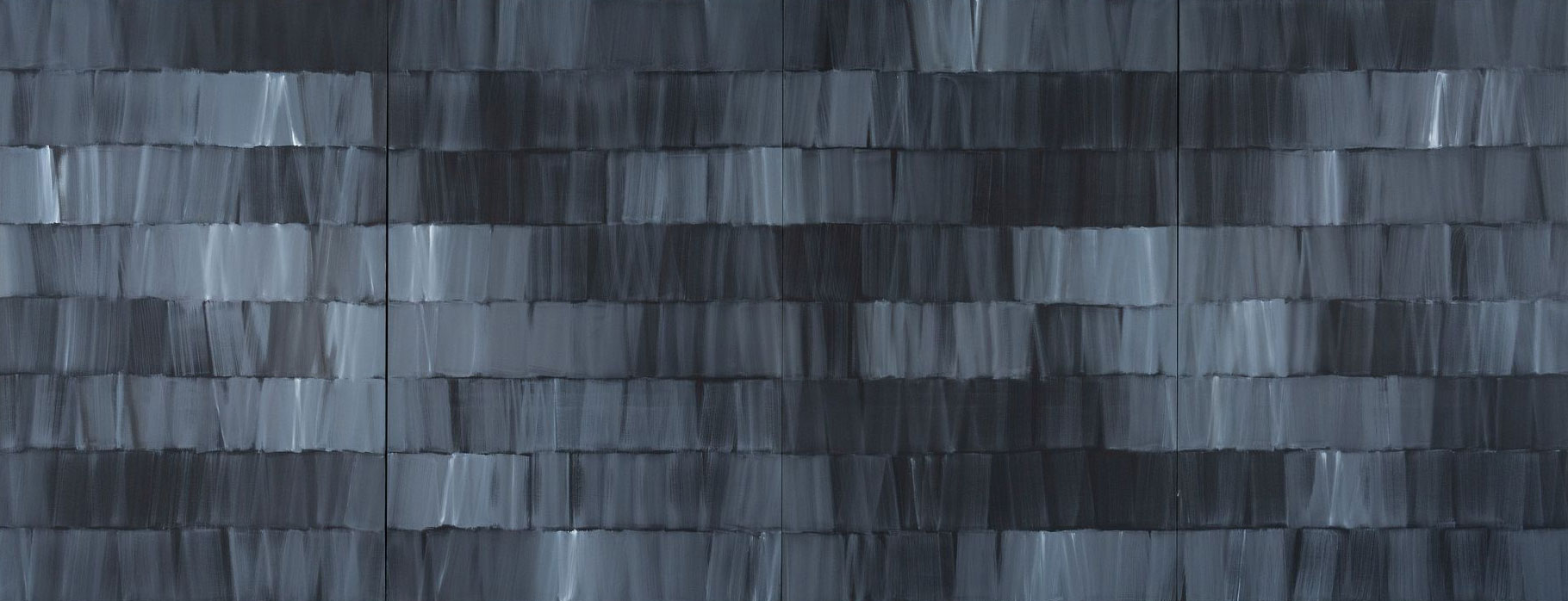
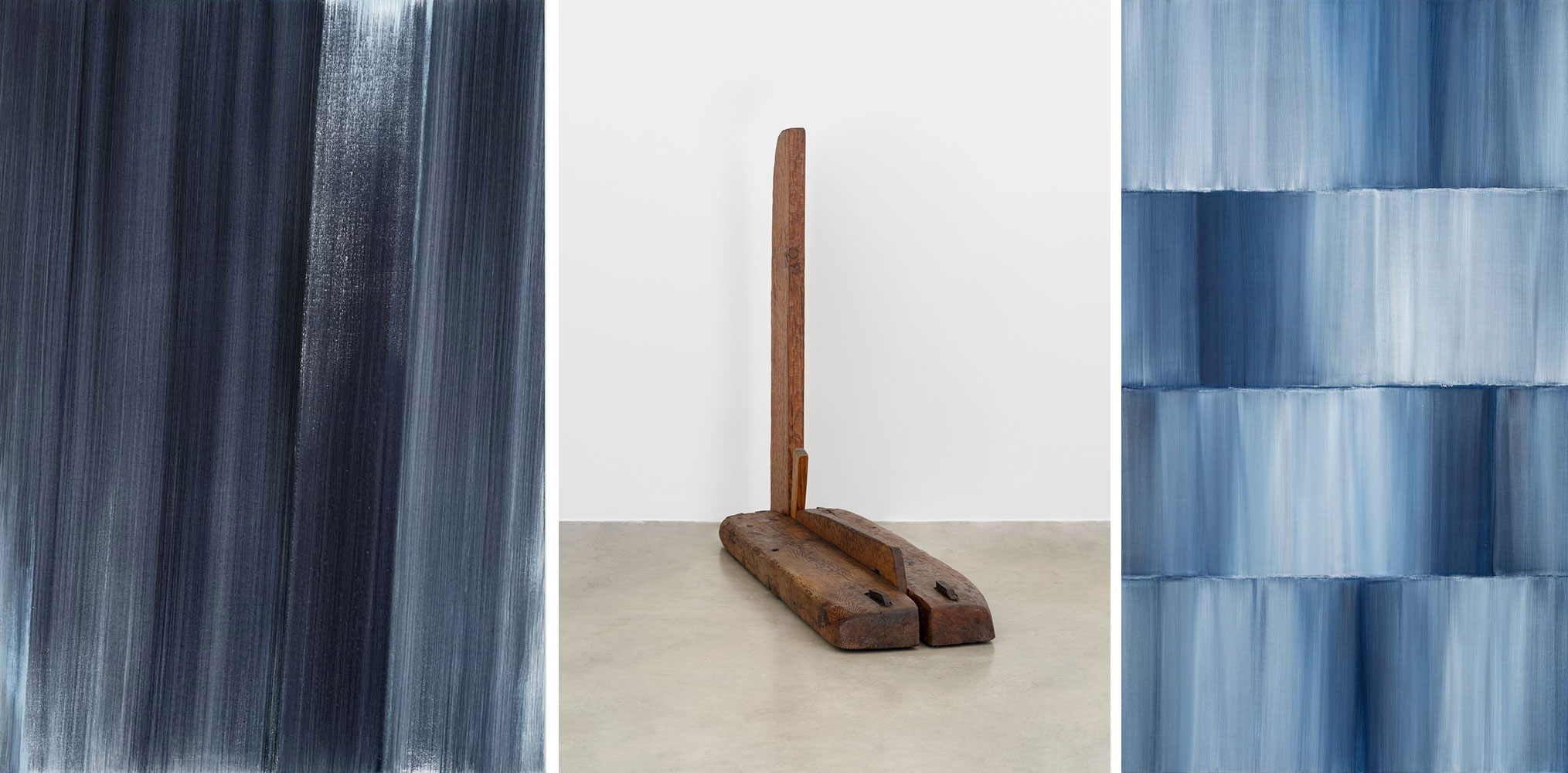
Center: Shim Moon-Seup, Wood Deity, 1992, Wood, 172 × 210 × 60 cm | 0 3/8 × 2 3/8 × 2 3/8 inch. Courtesy of the artist and Perrotin
Right: Shim Moon-Seup, The Presentation, 2013. Acrylic on canvas. 195 × 114 cm. Courtesy of the artist and Perrotin
